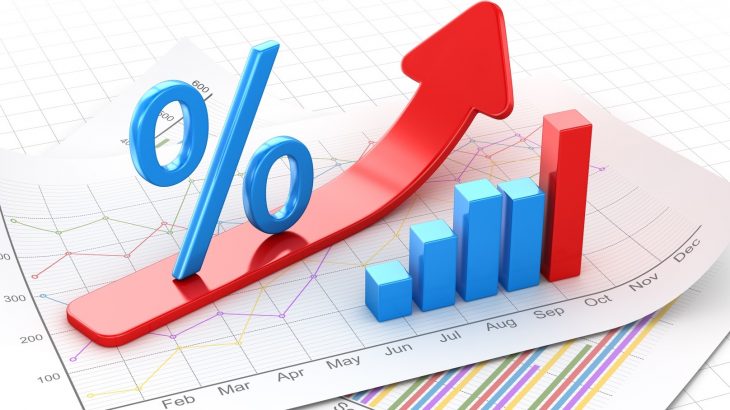Company’s Value : How to determine ?
Company’s value : Practices in Morocco
In the financial world, we don’t usually talk about the price of a company. Indeed, we usually refer to the value of a company.
The value of a company is defined being the price that the shareholders will ask for to sell their shares.
The value or price of a company is determined by taking into consideration two factors:
- First, the company’s assets: We talk about the company’s assets value.
- Second, it’s capacity to generate financial flows: We talk then about value based on the values based on the financial flows.
In practice, the two methods give a value basis for negotiating the company’s price. Then, the final price depends on several factors such as:
- Market potential and development perspectives;
- Quality of the production tool;
- Human resources;
Furthermore, the sale of a company is preceded by a due diligence phase. A due diligence is a mission carried out by an external firm. It is, in fact, a complete diagnosis which includes:
- The financial evaluation of the company;
- The diagnosis of possible risks (tax liabilities, legal liabilities, operational risks,…).
Company’s value : Asset valuation
The asset valuation aims to determine the price of a company based on assets. The principle is simple: the more assets a company has, the more value it will have.
This method also consists of subtracting to the value of debts from the value of a company to obtain the net assets.
The assets valuation rarely leads to a fair economic value of the enterprise.
Indeed, if a company makes losses and has no plans in future, the current value of the assets may deteriorate over time. However, the buyer of a company buys the future of a company.
On the contrary of a company with few assets and a lot of potential (projects in progress, order book).
The patrimonial methods are efficient to evaluate the replacement value of a company. Indeed, this is the case when a seller seeks to sell all the assets, rather than liquidating them in detail.
The asset methods include:
Company’s value : Comparative methods
The aim of the asset valuation is to determine the price of a company based on a comparison with similar companies. Thus, they consist in:
- First, identify the comparable whose price is admitted being fair
- Then, deduct the price of the target company by comparing based on criteria.
The comparable company is a company which presents a profile as close as possible.
The comparative methods are also suitable for business transfers for which an official listing exists. Some artisanal trades or certain businesses have statistics that are useful for a “market” approach to the value of the business, collected in scales.
In Morocco, this type of official quotation is very rare. In France, on the other hand, Les Éditions Francis Lefebvre publish a practical valuation memento to evaluate businesses. These ratings can be used with adjustments to consider the difference in context.
Example of a comparative method: EBITDA multiple method
Price of a company: Valuation based on flows
The asset valuation aims at determining the price of a company based on the expected future flows. Indeed, in this case it is necessary:
- First, estimate the future capacity of the company to generate profits,
- Then, proceed to the discounting of the future flows by using a discount rate determined according to the Capital Asset Pricing Model (CAPM);
- Finally, deduct the value of the company
The most used method is the DCF (Discounted Cash Flow) method.
Read in French : Comment déterminer la valeur d’une entreprise



